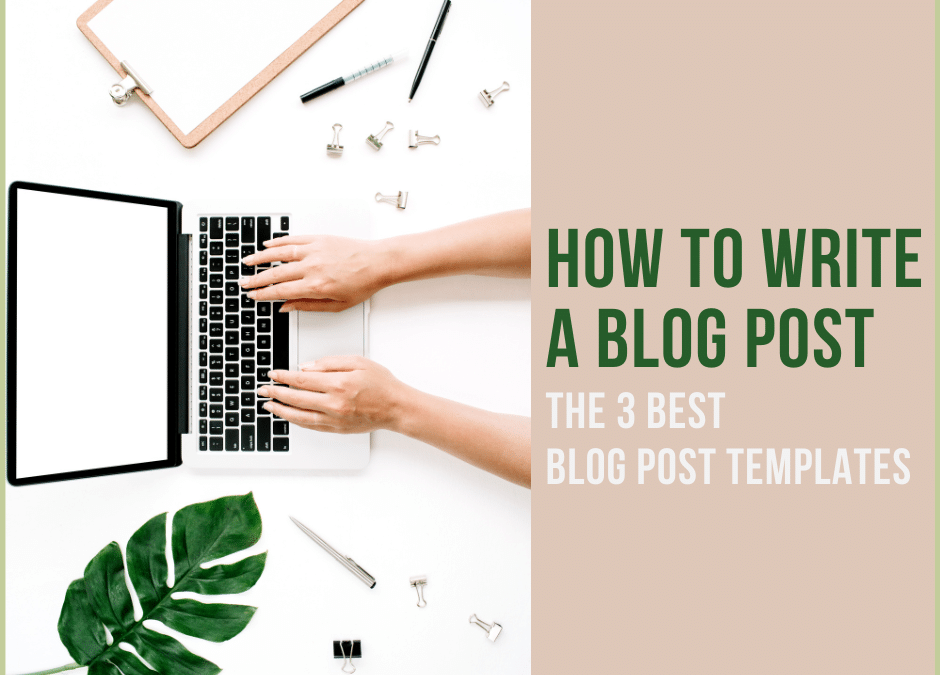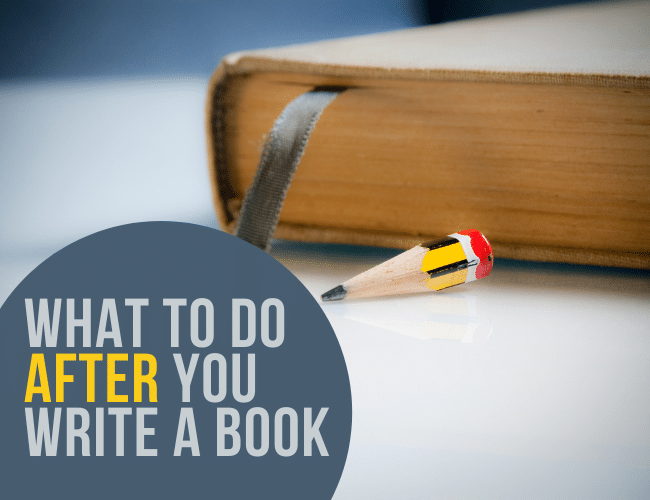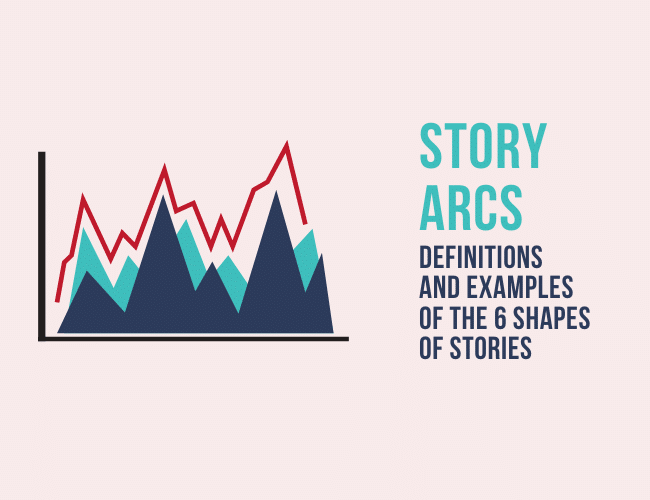
by Joe Bunting |
We recently talked about how long your blog posts should be. Today, let’s talk about how to write a blog post that helps you accomplish your writing goals, and the three blog post templates that can help you accomplish this.

by Joe Bunting |
You worked hard. You stayed up late, got up early, pushed through writer’s block, and finally, at long last, finished writing your book.
But after you write your book, what comes next?

by Joe Bunting |
If you’re like most writers I know, you probably dream of getting published. But as I’ve worked with writers for the last six years, I’ve found that most are woefully unprepared for what publishing actually takes, and this means that either they never figure out what it takes to get published or when they finally DO get published, they find themselves disappointed with the process and with how many books they sell.
How do you prepare for getting published though? There are several steps, but the first step is building an author website. In this article, I’m going to share a step-by-step guide to building a simple author website yourself that will support all of your publishing efforts.

by Joe Bunting |
In stories, we get to see the cause-and-effect connections between otherwise random events. We get to experience the deeper meaning in life. We get to see through the chaos of real life and see the underlying pattern.
The literary term for this pattern is story arc, and humans love story arcs.
In this article, we’re going to talk about the definition of story arcs, look at the six most commonly found story arcs in literature, talk about how to use them in your writing, and, finally, study which story arcs are the most successful.
by Joe Bunting |
A plea for help from the founder of The Write Practice.



